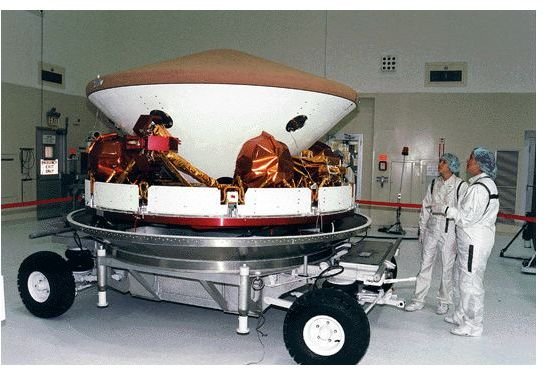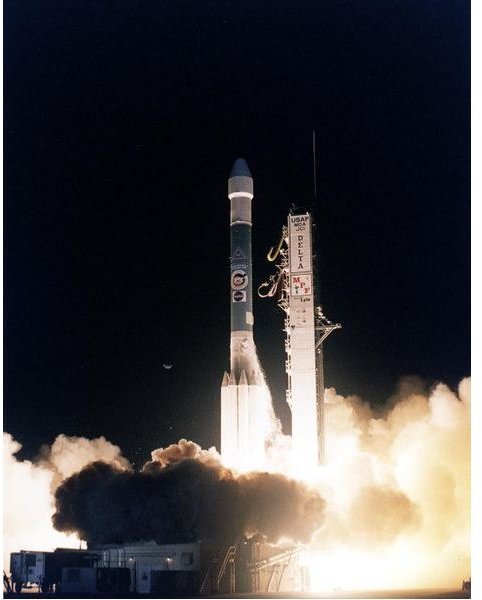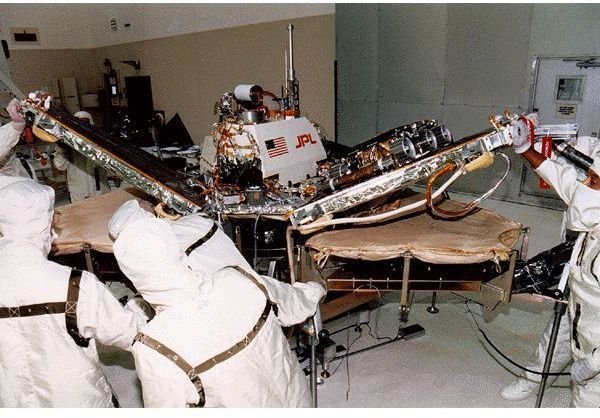The Intended Mission of the Mars Pathfinder
Pathfinder’s Original Mission
Pathfinder had been designed by NASA engineers originally for the purpose of detecting the potential for building such a sophisticated machine within budget and on schedule. The team that was collected to build the Pathfinder under such strict conditions were essentially given the opportunity to do whatever it took; meaning they could break all the old rules and establish new ones to guide future engineers. The Pathfinder was created as a way to re-invent the entire process of creating space exploration technology.
Image: NASA, Public Domain
What Did the Pathfinder Look Like?

The Mars Pathfinder was geometrical precision in action. The Pathfinder stood three feet high and had three sides that were shaped, as you might have guessed, triangularly. In addition, the there was also a base. As hard as it may be to believe, the Pathfinder was actually more powerful, from a computing standpoint, than any other spacecraft in history, even the Apollo spacecraft which took men to the Moon.
The Pathfinder was dwarfed by most spacecraft that came before, but still weighed in at over a ton, once all the equipment had been added. That equipment included everything from simple wind socks for measuring the speed of Martian winds, to an imaging deviced to take high resolution photographs, to magnets to properly detect the properties of Martian soil. The Mars Rover itself weighed a mere twenty-three pounds.
Image: NASA, Public Domain
Pathfinder’s Budget
The budget for the Mars Pathfinder was shockingly tiny, especially in comparison to the far more bloated Viking mission of twenty years before. Whereas the Viking mission cost a billion dollars back in the 1970s, when a billion dollars was still a lot of government money, the Pathfinder cost a really quite reasonable 265 million dollars. Only 55 million of that budget actually went into launching the Pathfinder, partly because of its diminutive size.

The Rover itself only cost 25 million dollars. The Pathfinder mission proved that NASA engineers could successfully construct, launch, land, and control a spacecraft on a budget that could accomplish exploration even better than could be done with a manned mission.
Image: NASA, Public Domain
Pathfinder’s Legacy
Pathfinder’s real legacy was that it launched a new generational sea change for NASA space exploration. The success of the construction and the launch of the Pathfinder inaugurated the era of scaled-down space exploration technology. The idea was to show that “faster, better and cheaper” spacecraft could replace the clunkier and far more expensive spacecraft of the past. Another legacy of the Pathfinder was that it showed that landing on Mars was possible and re-energized interest in planning a manned misson to the red planet.
References
Space Technology by Joseph A. Angelo, Jr.
